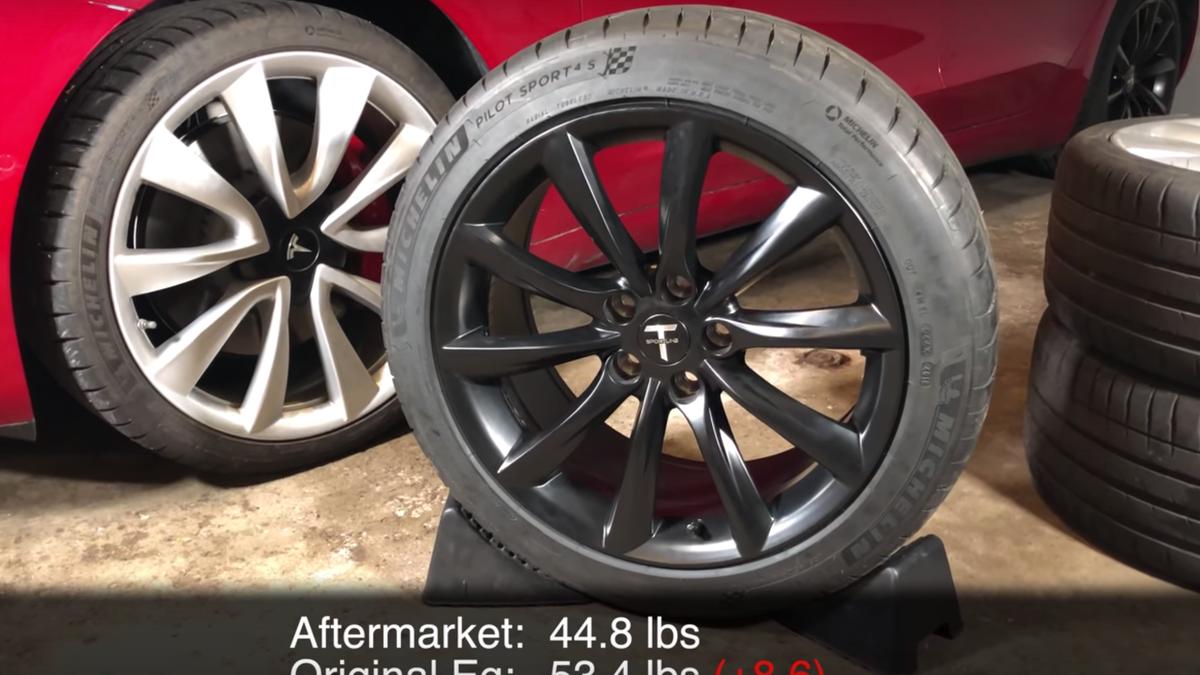How do automotive engineers/designers decide what tire size to give their cars?
cars = any automotive vehicle, including electric cars. SUVs, trucks, crossovers, etc. are all included
tires = the total size of the tire including the rolling diameter and the width (we will ignore wheel sizes)
First a few observations:
1. LOOKS: Bigger cars have bigger tires (this fills out the wheel well and gives it a "proper" look)
2. POWER: more powerful cars have bigger tires (bigger tires can properly put down the horsepower)
3. SUSPENSION: taller cars (Crossovers, SUVs) have bigger tires to properly clear road imperfections and hurdles (a smaller tire may get swallowed by a pothole, whereas a bigger tire will roll over it)
What do you think order of importance here is, and give it a estimate weight percentage.
Here's an example:
I would say it's mostly about looks (50%) then it's about power (30%) and finally suspension (20%)
cars = any automotive vehicle, including electric cars. SUVs, trucks, crossovers, etc. are all included
tires = the total size of the tire including the rolling diameter and the width (we will ignore wheel sizes)
First a few observations:
1. LOOKS: Bigger cars have bigger tires (this fills out the wheel well and gives it a "proper" look)
2. POWER: more powerful cars have bigger tires (bigger tires can properly put down the horsepower)
3. SUSPENSION: taller cars (Crossovers, SUVs) have bigger tires to properly clear road imperfections and hurdles (a smaller tire may get swallowed by a pothole, whereas a bigger tire will roll over it)
What do you think order of importance here is, and give it a estimate weight percentage.
Here's an example:
I would say it's mostly about looks (50%) then it's about power (30%) and finally suspension (20%)


